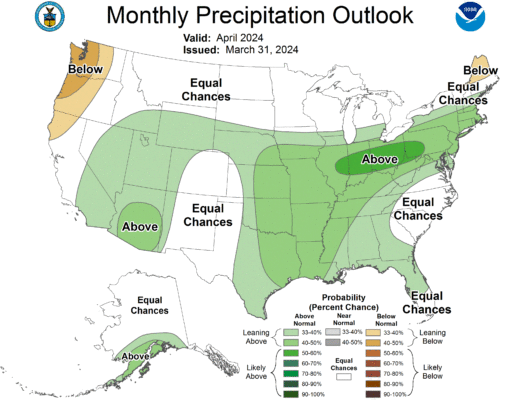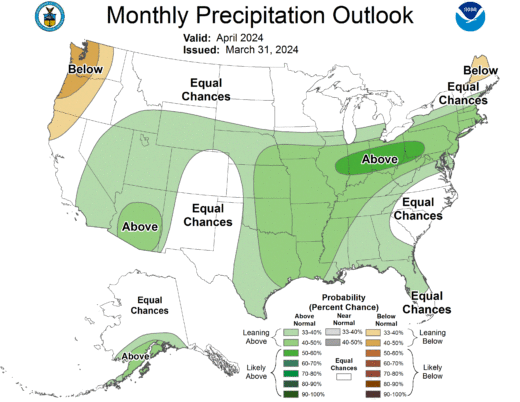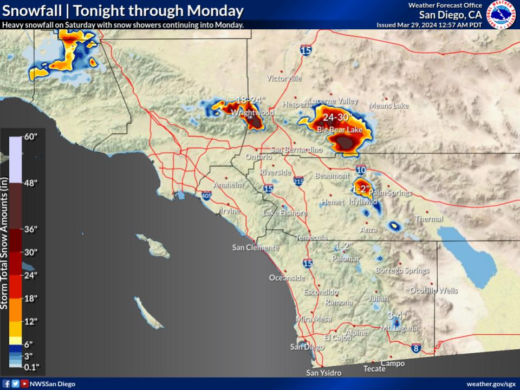Despite efforts by the state’s Department of Insurance (DOI) to revise
the rate making policies in California, on March 20, State Farm
announced it would not be renewing more than 70,000 commercial,
residential and rental insurance policies in California. And the
announcement emphasized that these actions were only being taken in
California.
Less than a year ago, State Farm announced it would not be writing any
new policies in California. At least seven other insurance carriers,
including Allstate and Farmers Insurance, announced similar intentions.
State Farm tried to explain its reasons in the statement, “This decision
was not made lightly and only after careful analysis of State Farm
General’s financial health, which continues to be impacted by inflation,
catastrophe exposure, reinsurance costs, and the limitations of working
within decades-old insurance regulations … It is necessary to take these
actions now.”
Although the company acknowledged the actions the DOI has taken in the
past several months and its future intentions, State Farm nevertheless
felt compelled to reduce its coverage in California.
In 2023, the Insurance Information Institute highlighted the industry’s
problems with the wildfire insurance situation in California.
“California’s difficulties are not just due to the types of perils the
state faces. Proposition 103, a three-decades-old legal measure,
constrains insurers’ ability to accurately underwrite and price these
risks. Insurers must be able to set premium rates prospectively, and
Proposition 103 bars them from doing so. Instead, it requires them to
price coverage based on historical data alone. It also prohibits them
from including reinsurance costs into their pricing …”
The threat of a catastrophic wildfire has grown. Dry winters, along with
hotter summers, exacerbate this threat. In California, insurance
companies must base their rates on historic losses, not potential
threats nor increasing costs to rebuild the structural losses.
While the Legislature was unable to agree upon any insurance reform
legislation before it adjourned in Sept. 2023, Gov. Gavin Newsom
encouraged Insurance Commissioner Richard Lara to begin making
administrative changes to encourage insurance companies to remain in
California and begin to expand their underwriting.
On Sept. 21, 2023, Newsom issued an executive order requesting that the
insurance commissioner “… take prompt regulatory action to strengthen
and stabilize California's marketplace for homeowners’ insurance and
commercial property insurance …”
And he specified five goals, the first of which was to expand the fire
insurance choices for homeowners, especially in vulnerable areas. Among
the other four, Newsom wanted to improve DOI’s rate approval process
and, importantly, maintain the solvency of the FAIR Plan.
In September, Lara announced his Sustainable Insurance Strategy. Among
the problems the plan was to address were the changing climate
conditions, inflation, the 30-year-old regulatory process and the FAIR
Plan.
Lara hoped to achieve greater policy availability, reduce the number of
homeowners relying on FAIR, and increase coverage in wildfire-threatened
areas.
In the six months since then, Lara has made modifications in the FAIR
Plan and proposed new regulations for streamlining and clarifying the
rate-making process and allowing future rate requests to be based on
modeling forecasts of calamities as well as cost increases rather than
just relying on historical data.
One of Lara’s first changes, which the state courts approved in
November, affected the coverage of FAIR Plan policies. The California
FAIR Plan is an insurer of last resort. It is required to accept any
property regardless of its wildfire exposure. It is neither a state
agency nor funded by any state or public taxes. Its funding primarily
comes from the policies it sells to customers.
In 2023, the FAIR Plan had 350,000 policies in force, an increase of
23%, Victoria Roach, president of California’s FAIR Plan, told the
Assembly’s Insurance Committee. It is now receiving 1,000 requests for
new policies daily.
“The FAIR Plan covers a significantly higher concentration of high
fire-risk properties than voluntary insurers. Its total risk exposure
was over $311 billion as of December 2023 compared to $50 billion in
2018,” Roach added.
In Southern California, its largest exposures are near Lake Arrowhead
and Big Bear.
The proposed change required broader coverage for FAIR Plan policy
holders, rather than the “bare bones” of only fire and smoke damage.
This limitation required policy owners to seek added insurance for
possible liability or water damage.
A Los Angeles Superior Court Judge upheld Lara’s authority to order more
coverages, including accidental discharge or overflow of water or steam;
premises liability; incidental workers’ compensation; theft; falling
objects; weight of ice, snow or sleet; freezing; and loss of use,
including coverage for added living expenses and fair rental value.
These are typically included in a standard comprehensive homeowners’
policy, but not offered under the FAIR Plan’s limited fire policy.
The bigger issue of changing the rate-setting process was not being
delayed. Lara issued new regulations for the rate-making process in
February. A month later, he issued draft regulations to incorporate
using catastrophe modeling into consideration of rate levels.
On Feb. 9, the DOI published draft regulations intended to modernize the
submission requirements for auto, home, business, and other property and
casualty insurance for new rate request applications. The DOI noted that
the current regulations were “created in an age of pagers and
payphones.”
“My proposed regulations represent a crucial step towards fostering a
fair, transparent, and efficient rate approval process,” stated Lara in
the accompanying news release. “By updating submission procedures and
clarifying requirements for insurance companies, we aim to eliminate
confusion, reduce delays, and enhance public participation in the
rate-making process. This will help our Department’s experts make sure
that no policyholder is paying more than is required.”
These changes are intended to clarify future submission documents,
eliminate debate about incomplete applications, and specify the
necessary data to evaluate a rate change.
Five weeks later, Lara released a regulation allowing and specifying the
use of catastrophe modeling for wildfire, terrorism and flood lines. DOI
already permits using this modeling for earthquake losses and fire
following an earthquake. Current rate provisions are based on historical
data. This does not permit the companies to use models that can help
predict wildfires and where they may occur.
“Under outdated rules, the growth of climate-driven mega fires has
supercharged insurance costs for many Californians while making
insurance harder to find,” Lara said in the news release about
catastrophe modeling. “We can no longer look solely to the past as a
guide to the future. My strategy will help modernize our marketplace …”
The goals of this second set of regulatory revisions are more reliable
rates and greater availability of insurance policies.
However, Consumer Watchdog is concerned with how this new rule will be
implemented and the public’s ability to review the data and model.
“Black box catastrophe models are notoriously contradictory and
unreliable, which is why public review and transparency are key before
insurance companies are allowed to use them to raise rates,” Consumer
Watchdog stated in its news release. “Commissioner Lara’s proposed rule
appears drafted to limit the information available to the public about
the impact of models on rates in violation of Proposition 103.
“The rule fails to spell out whether or how the Department of Insurance
would assess a model’s bias, accuracy, or the validity of the science,
instead creating a pre-review process that appears primarily focused on
determining what information companies must disclose and what they may
conceal from public view.”
Besides modeling how climate changes may be affecting the frequency and
occurrence of wildfires, this set of regulations also incorporates the
actions of homeowners and communities to mitigate the threat of
wildfires in or near their communities. This is consistent with the
DOI’s requirement for “wildfire safety discounts” as the result of
mitigation projects.
Amy Bach of United Policyholders recognizes the discouraging state of
California’s wildfire insurance market. But she expressed optimism that
it will improve.
However, she did advise homeowners who received a nonrenewal notice to
begin shopping for another policy. “Dig for policies, be patient.
Insurers are still in the CA market but with strict limits and quotas on
how many policies they’ll sell in given areas.”
In February, before the announcement of plans to curtail some coverage
in California, State Farm announced its 2023 financial results. For the
property and casualty piece of the firm, last year was worse than 2022.
“The State Farm P-C group of companies reported earned premium of $87.6
billion and a combined underwriting loss of $14.1 billion. This result
compared to an underwriting loss of $13.2 billion on earned premium of
$74.3 billion in 2022. The change over 2022 reflects improvement in auto
lines underwriting results which was offset by the significant increase
in homeowners incurred catastrophe claims,” as reported in the company’s
financial news release.
State Farms’ nonrenewals of some policies will occur on a rolling basis
over the rest of this year, beginning July 3, for homeowners, rental
dwellings, residential community associations and business owners. On
Aug. 20, commercial apartment policies will cease to be renewed.
Combined, these policies represent just over 2% of State Farm General’s
policy count in California.

















